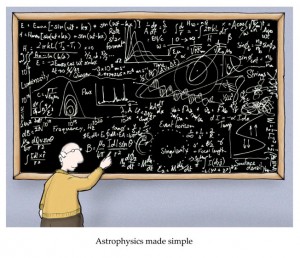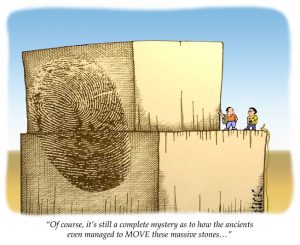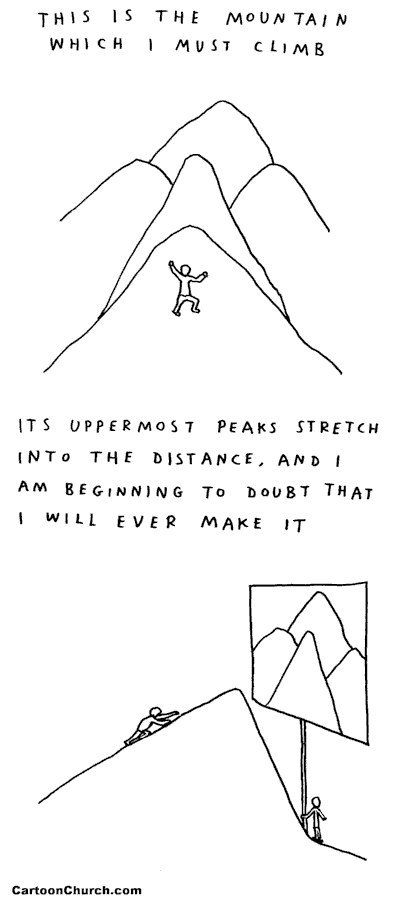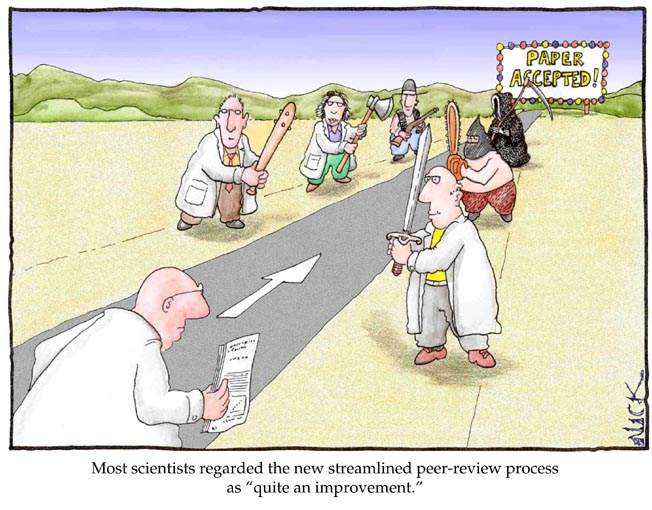 Repetition of key sentences and key phrases is extremely important in a grant application. The key sentences that introduce each subsection of the background and the description of the project in the case for support should be repeated in the introduction and also in the summary. So each key sentence should appear at least three times.
Repetition of key sentences and key phrases is extremely important in a grant application. The key sentences that introduce each subsection of the background and the description of the project in the case for support should be repeated in the introduction and also in the summary. So each key sentence should appear at least three times.
Some key phrases should be repeated more than three times because they occur in more than one key sentence. For example, imagine you are writing a grant in which one of the sub-projects will characterise the relationship between motherhood and apple pie. The phrase ‘the relationship between motherhood and apple pie’ will be in two of your key sentences. One will explain why we need to characterise ‘the relationship between motherhood and apple pie’. The other will introduce the description of the sub-project that characterises the relationship between motherhood and apple pie.
Most academics accept that it is helpful to repeat key sentences. But most of them reject the idea that the repetition should use the same words in the same order. So I want to explain now why it is more effective to use the same words in the same order whenever you repeat a phrase or sentence.
Effectiveness is much more important here than correctness. Few would disagree with the assertion that exact repetition is a more correct use of English than paraphrasing but it is much more important to think about how you can increase the effectiveness of a grant application by using repetition in the way that I recommend and how you will fail to increase effectiveness in the same way if you change the words you use or their order.
In thinking about the effectiveness of a grant application, we should consider who will read it and how. Committee members and referees have different needs and derive different benefits from repetition.
The most important readers are the committee members that make the decision. All of them will have a vote in deciding whether or not the grant application gets funded. Few, if any, will understand the details of the research topic. All of them will read the summary and most of them will stop there. Some will try to read the application and understand it. Usually two members of the committee, the designated members, are tasked with reading the application and leading the committee discussion. They will try hard to understand the application, but they will find it very difficult and they won’t have much time – maybe an hour. Any help you give them will be gratefully received. Although most of the rest of the committee will not read the application they will probably glance through it during the discussion.
There are three ways that repetition is particularly helpful to committee members:-
- Repeating the key sentences means that all the committee members will be likely to remember them. Even those who just glance through the application once will read the key sentences three times. This means that there is a very good chance that they will remember them and understand the logic of your case for support – what outcome your project will achieve, why it is important, what things you need to know in order to achieve the outcome and how you will achieve them. If you repeat the key sentences but substantially change the wording then people will be less likely to remember them. Every change in wording is likely to be interpreted as a change in meaning, leading to potential confusion.
- Repeating key phrases in the sentences that state what we need to know and what the sub-projects will discover makes it very clear that the project will discover exactly what we need to know. In this way the key phrases act like labels for the different parts of the project.
- Repeating the key phrases enables committee members to learn them and to have a sense of what they mean. Humans learn the meaning of new phrases by encountering them repeated in different contexts. Committee members who read your grant application carefully will get the sense that they know what it means , even if they don’t. If you vary the wording of the key phrases it becomes harder to learn them and less clear to the reader that you mean the same thing.
The referees are, notionally at least, experts in the research topic. They will read the application, write an analysis of its strengths and weaknesses and give it a score, which the committee will consider, but not necessarily follow. The referees are likely to read your application more carefully than the committee members and to have a deeper understanding of the topic. However, they will want to assess whether the detailed content of your case for support actually supports the assertions made in the key sentences. Repetition helps them do this in two stages.
- Reading the key sentences in the summary and in the introduction allows them to create a mental list of questions to which they want to find answers in the case for support.
- Repeating the key sentences at the head of each subsection of the case for support guides the referees to the answers. Again, the key phrases act like labels. For example, a referee that has some doubts about whether your research approach really will characterise the relationship between motherhood and apple pie will be guided straight to the place where you describe the relevant part of your research approach by the phrase the relationship between motherhood and apple pie. If you decide to change any of the words in the key phrase, not only does it become less effective as a label, it also introduces the possibility that you are seeking to do a piece of research without having told the reader why it is important to do it.
In sum, repetition of key sentences and key phrases makes a grant application more effective in four different ways, provided that you use the same words in the same order.






